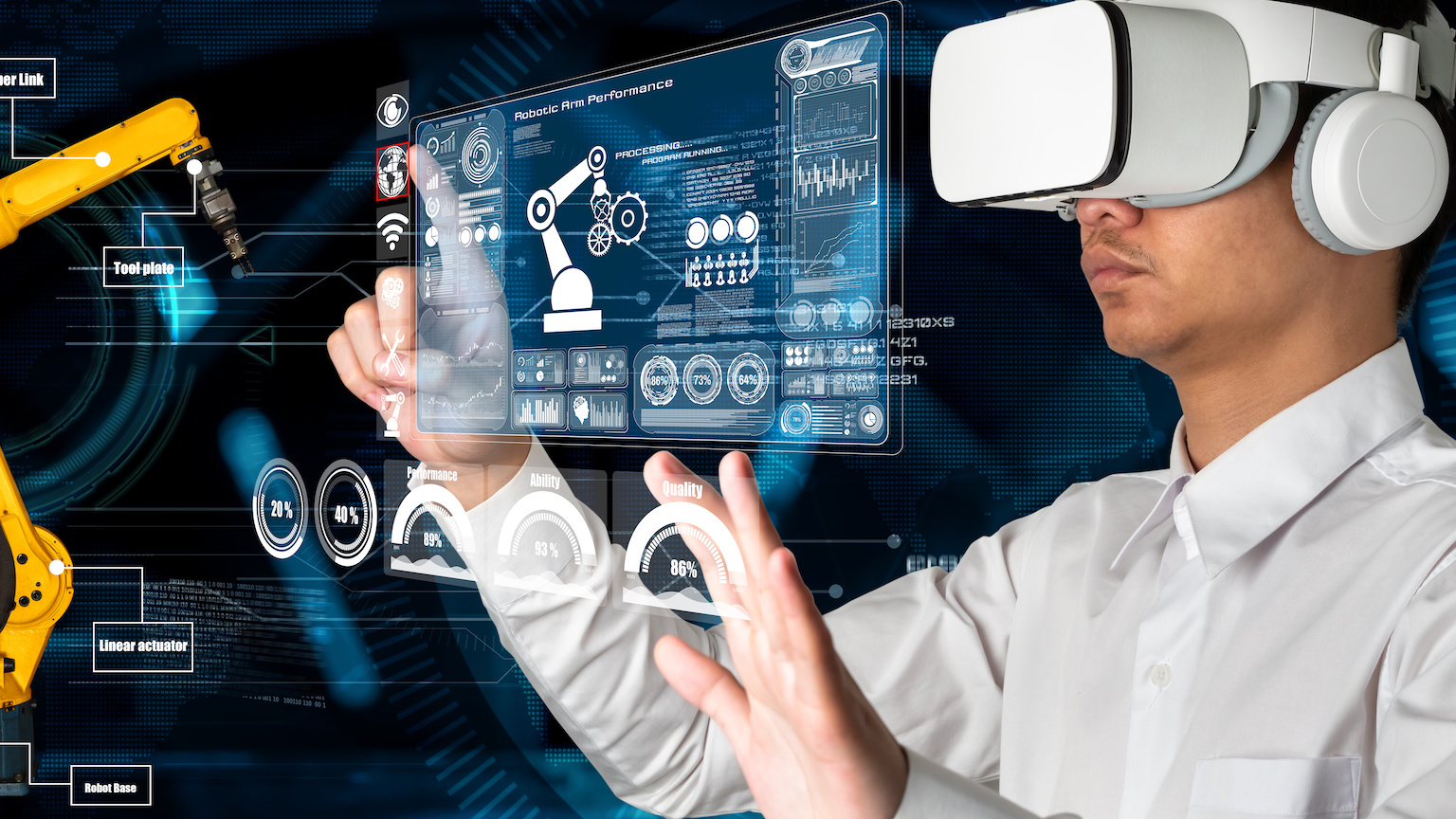Shop At Haya: Your Ultimate Shopping Guide
Discover the best shopping tips, trends, and deals for a smarter buying experience.
Augmented Reality: Your New Best Friend or Just a Tech Fad?
Discover if augmented reality is your ultimate companion or just another passing tech trend. Dive into the debate now!
Understanding Augmented Reality: How It Works and Its Potential Impact
Understanding Augmented Reality (AR) begins with recognizing how it works. AR technology overlays digital information—such as graphics, sounds, or GPS data—onto the real world, enhancing our perception of our surroundings. This is typically achieved through devices like smartphones, tablets, and AR glasses, which utilize cameras and sensors to recognize the environment. By employing advanced algorithms and computer vision, AR systems can accurately place virtual elements in a user’s field of view, creating an interactive experience that blends the digital and physical worlds.
The potential impact of Augmented Reality is vast and spans various industries. In education, for example, AR can transform traditional learning methods by providing immersive experiences that engage students. Similarly, in healthcare, AR can assist in complex surgeries by displaying critical information directly within the surgeon's line of sight. As this technology continues to evolve, its applications are expected to grow, making everyday tasks more efficient and enhancing our ability to connect with the world around us.

Is Augmented Reality a Game Changer for Everyday Life?
Augmented Reality (AR) has emerged as a revolutionary technology that is reshaping the way we interact with the world around us. By overlaying digital information onto the real environment, AR enhances our daily experiences in various fields such as education, healthcare, and entertainment. For instance, in education, AR tools allow students to visualize complex concepts, making learning more engaging and interactive. Additionally, in healthcare, AR applications are being used for surgical planning and training, enabling medical professionals to perform procedures with greater precision and confidence.
Another significant area where augmented reality is making a profound impact is in retail. By utilizing AR, consumers can virtually try on clothes or see how furniture would look in their homes before making a purchase. This technology not only enhances the shopping experience but also helps reduce return rates, benefiting both consumers and retailers. As AR continues to evolve, it holds the potential to integrate seamlessly into our everyday lives, fundamentally changing how we perceive and interact with our environment.
The Pros and Cons of Augmented Reality: Fad or Future?
Augmented Reality (AR) has emerged as a transformative technology, bridging the gap between the digital and physical worlds. One of the greatest pros of AR is its ability to enhance user experiences by providing valuable information in real time. For example, applications in fields like retail allow customers to visualize products in their own space before making a purchase, significantly improving decision-making. Additionally, AR has proven its worth in education, enabling immersive learning experiences that can engage students more effectively than traditional methods.
However, there are notable cons to consider as well. The technology is still evolving, which often results in technical glitches and a reliance on expensive hardware that not everyone can access. Furthermore, there are significant concerns regarding privacy and security, as AR applications typically require access to personal data and location services. As this technology continues to develop, the debate on whether AR is merely a fad or a substantial part of our future remains a crucial consideration for users and businesses alike.